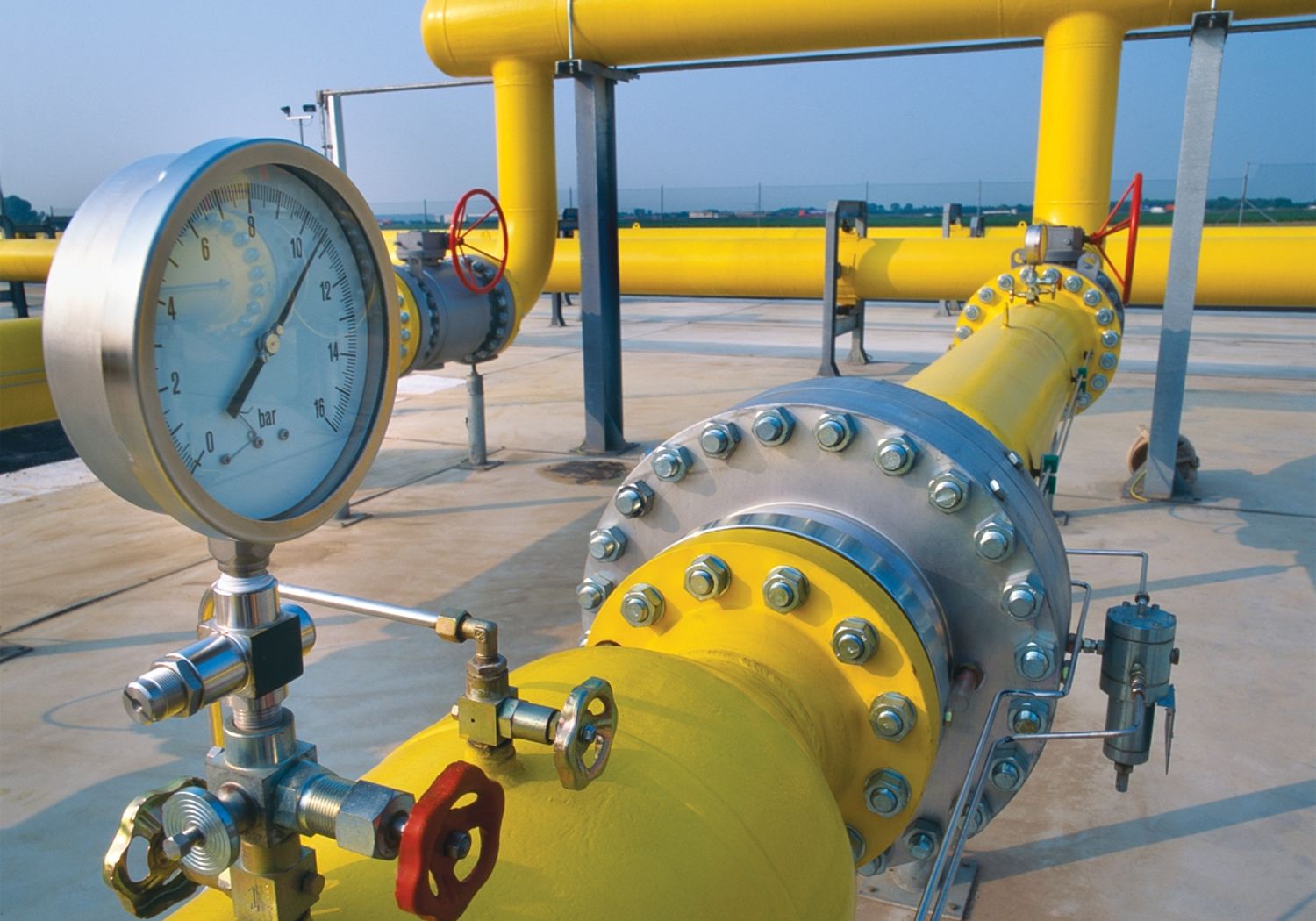Characterisation of Energy Gases
Greener alternatives to natural gas: Enabling alternative and renewable gaseous fuels to be used in the European gas pipeline system

This EMRP project brought together the expertise of scientists at 17 National Metrology Institutes to develop the metrological infrastructure for the assessment of the physical and chemical parameters of a wide range of gas based fuels.
The project developed:
- New accurate chemical analysis methods to determine the composition of a range of biogas and other non-conventional gases, and trace levels of impurities and deliberately added odorants, plus a suite of certified traceable reference materials to transfer accurate measurements to other users. These new measurement capabilities provide confidence in the verification of non-conventional gases before they enter the distribution network and the cost-effective use of environmentally friendly gas odorants.
- A primary reference calorimeter (at a European NMI) capable of measuring the energy content (calorific value) of reference gas mixtures of methane and carbon dioxide that correspond to non-conventional gases. During the project the reference instrument was used to validate modified commercial field calorimeters to demonstrate that, when used in line with structured guidance (developed by the NMI researchers), they are able to accurately measure calorific content of such gases. This provides equipment manufacturers with the opportunity and the confidence to produce commercial instruments for measuring energy content for trade and billing purposes.
- New national facilities that define and measure humidity at the highest levels of accuracy for a range of energy gases, gas mixtures and at the high pressures used in gas distribution networks. Humidity measurement is key to ensuring there is no build-up of potentially damaging liquid water or ice in high pressure gas distribution networks. The new facilities are not only available for calibrating commercial humidity sensors with non-conventional gases but also for validating performance of novel sensors and systems. Two innovative approaches to humidity measurement – tuneable diode laser absorption spectroscopy (TDLAS) hygrometers and quasi-spherical microwave resonator (QSR) based hygrometers – were also developed and tested which, with further R&D, may be suitable for commercialisation.
Delivering impact
A number of industrial companies worked closely with the NMI project partners, providing measurement equipment, access to gas processing and distribution facilities, and participating in measurement intercomparisons – providing the project with knowledge of practical real-world conditions and gaining insight and know-how into best practice measurement methods and potential improvements. One company has been able to validate and gain valuable insight into the performance of a new product recently launched into the market. The NMI in Sweden is exploiting the advances made in impurity analysis in their support of the Swedish biogas industry. The project team has contributed to, and continues to contribute to, the CEN Technical Committee (TC408) developing standards for natural gas and biomethane for use in transport and biomethane for injection in the natural gas grid.
The research outputs are being developed further in the EMRP project Metrology for biogas and EMPIR project 14SIP06 Siloxanes.
Coordinator: Dai Jones, NPL (UK)
For more information, please contact the EURAMET Management Support Unit:
Phone: +44 20 8943 6666
E-mail: empir.msu@euramet.org
Proceedings of the 14th international conference of the european society for precision engineering and nanotechnology
Measurement
Metrologia
IEEE Transactions on Ultrasonics, Ferroelectrics, and Frequency Control
Measurement Science and Technology
16th International Congress of Metrology
Int J Thermophys
AIP Conference Proceedings
AIP Conf. Proc. 1552
Participating EURAMET NMIs and DIs
BAM (Germany)
BEV/E+E (Austria)
BFKH (Hungary)
CEM (Spain)
CMI (Czechia)
INM-RO (Romania)
INRIM (Italy)
INTA (Spain)
LNE (France)
MIKES (Finland)
NPL (United Kingdom)
PTB (Germany)
RISE (Sweden)
SMU (Slovakia)
UME (Türkiye)
VSL (Netherlands)
Information
